Afghanistan: The Islamic Tower of the Mohammed of Ghur also known as the Minaret of Jam
It’s like finding a bit of the early Middle Ages in a rocky valley lost in the most inaccessible Asian lands.
Despite the suggestive scenery and the decadent beauty of the tower, or Minaret of Jam, which celebrated the victory in South East Asia of the Islamic Forces led by Mohammad of Ghor, or Mohammed of Ghur, its architects placed it as if inside a natural basin, at the foot of a valley that would inexorably decree its end over time, maybe they did it on purpose, maybe not, we can hypothesize.
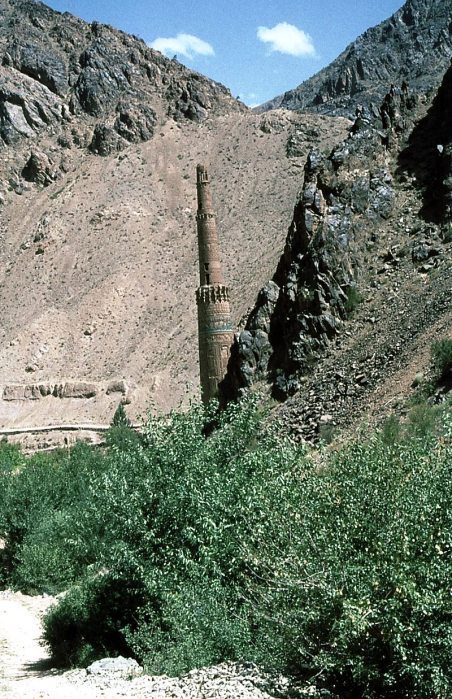
The Minaret of Jam is an ancient monument located in the Shahrak District, Ghor Province, in western Afghanistan. It is situated in a remote and nearly inaccessible region, next to the Hari River, and is considered one of the most significant cultural heritage sites in Afghanistan.
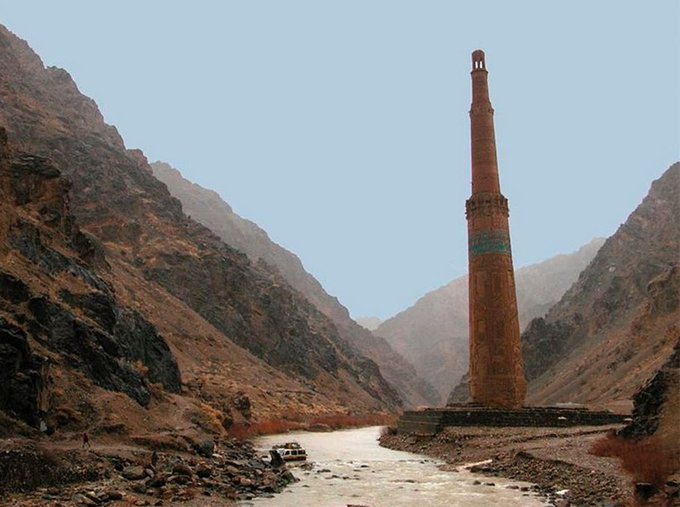
It was built around 1190 and is 65 meters (213 feet) high, making it the second-tallest ancient minaret in the world, after the Qutub Minar in Delhi.
It has survived through eight turbulent centuries, but it is currently threatened by erosion, water infiltration, and floods due to its proximity to the Hari and Jam rivers. Earthquakes, which are frequent in the region, also pose a threat. The minaret has also survived illegal excavations and Taliban skirmishes in the recent past. It was listed as a UNESCO World Heritage Site in 2002 and is currently on the List of World Heritage Sites in Danger. Furthermore it has been the victim of extensive looting, with artifacts being offered on the art market in London, described as Seljuk or Persian to conceal their Afghan origin. Archaeologists have recovered a small number of pottery shards, the preserved remains of about 30 different plants, and hundreds of bone fragments.
It is famous for its intricate brick, stucco, and glazed tile decoration, which consists of alternating bands of kufic and naskhi calligraphy, geometric patterns, and verses from the Quran.
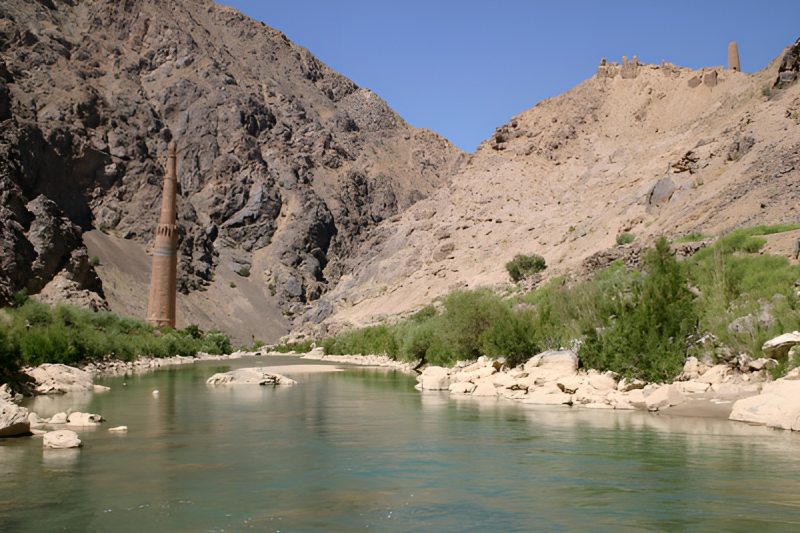
But let’s admire the beauty of its inscriptions, highlighting those in copper-green turquoise:
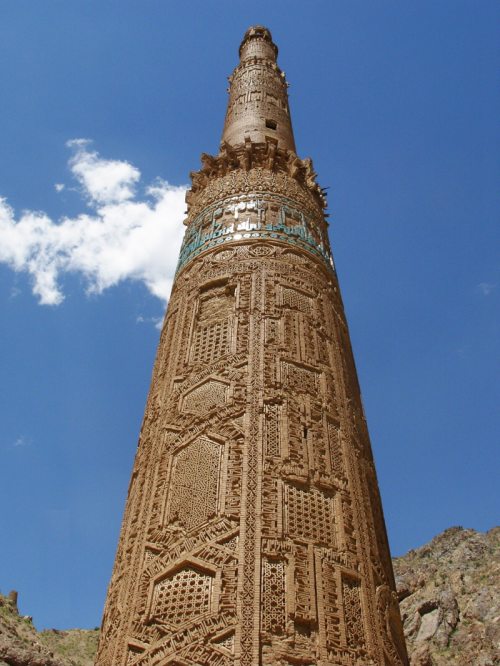
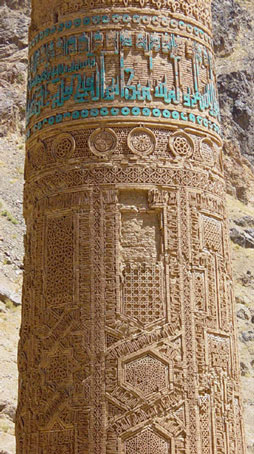

The minaret is a testament to the rich cultural heritage of Afghanistan, which is often overshadowed by conflict and violence. It is a reminder of the country’s rich history and its importance in the Islamic world.
















